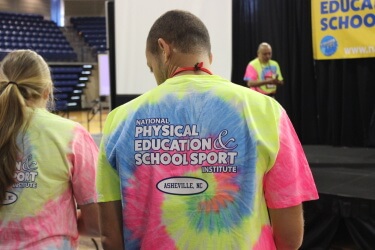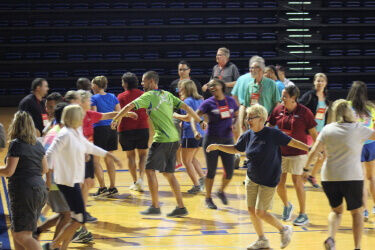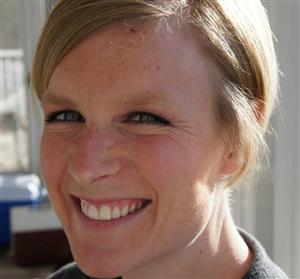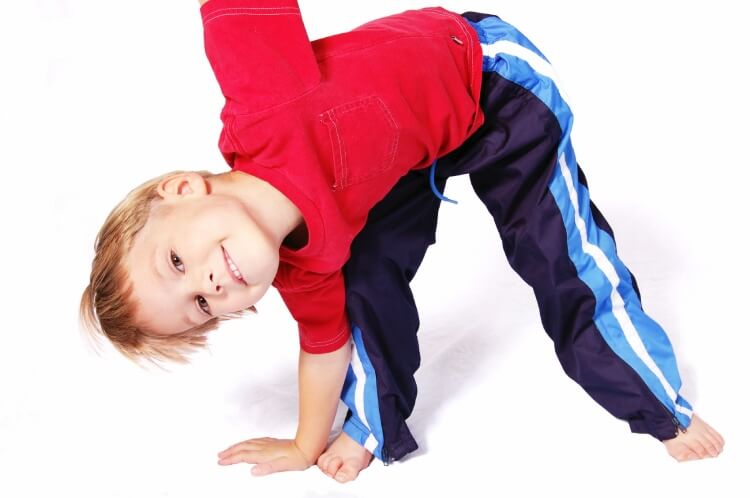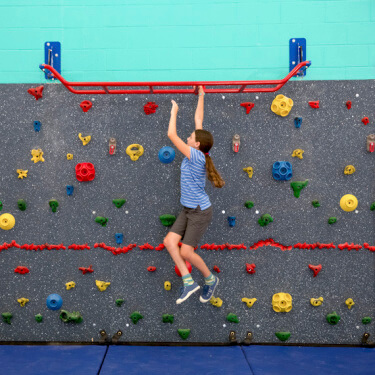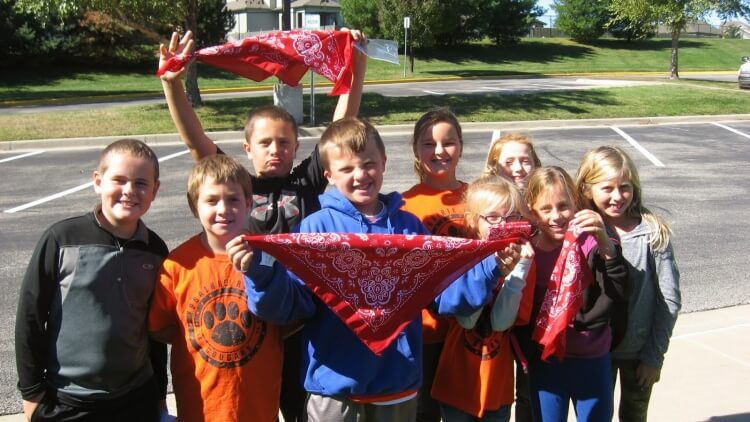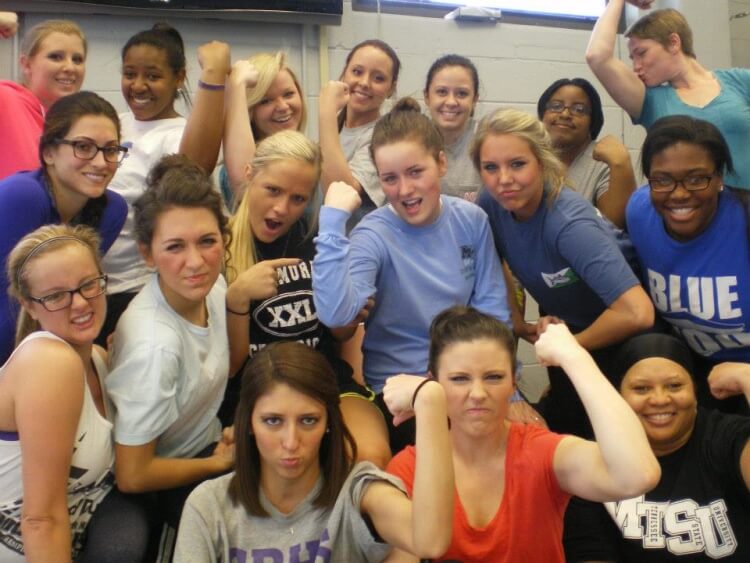Assessing the skills and physical fitness of students with disabilities can be challenging. Most physical educators are used to assessing general non-disabled students, but many don’t have the know-how and experience of testing and planning activities for students with disabilities (especially students with severe/multiple disability). Assessment is vital for skill and fitness prescription and for students with disabilities individualized assessment is critical. The following information gives physical educators who teach students with disabilities many practical suggestions for appropriate motor skills testing and fitness programming .

General Guidelines for Successful Skill and Fitness Testing
Motivation can be a problem for many students with disabilities because they lack the intrinsic understanding and concept of giving “100%” effort. Physical educators may need to find extra motivating factors for students to perform at their potential. For example, in the long jump teachers could have students with disabilities reach out and jump to a buddy, jump out for a favorite toy, or jump over a colored rope. Students could also reach for a ball or toy during sit-ups and Sit & Reach tests or listen to their favorite music on a treadmill test for motivation. Motorized treadmills are excellent for cardiovascular endurance training and testing because they provide a “steady pace.”
